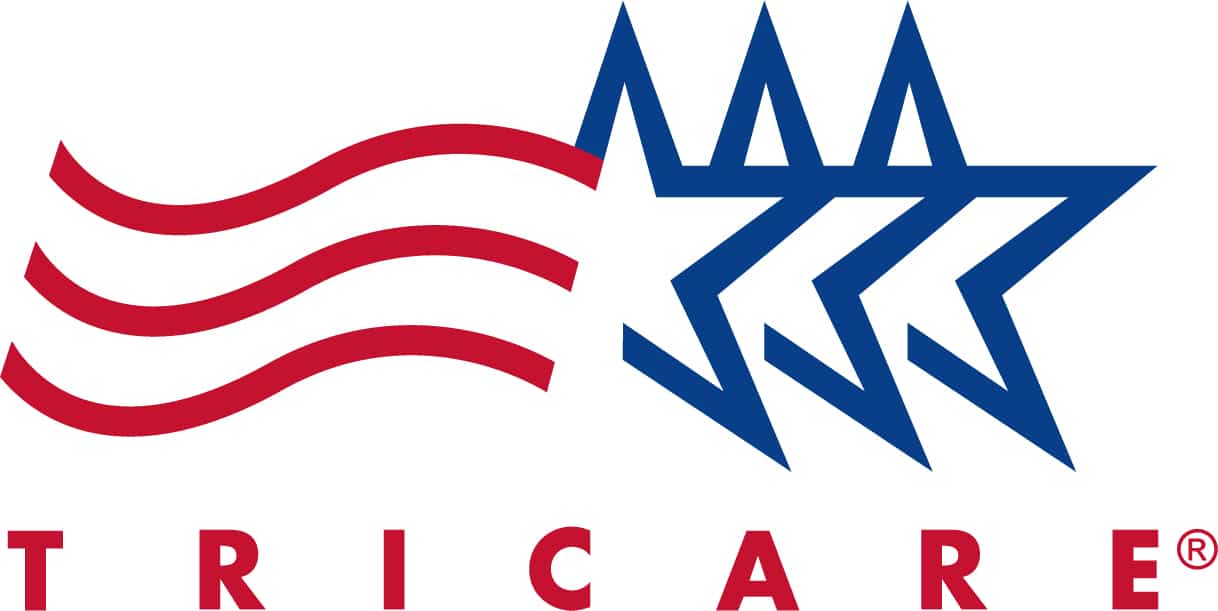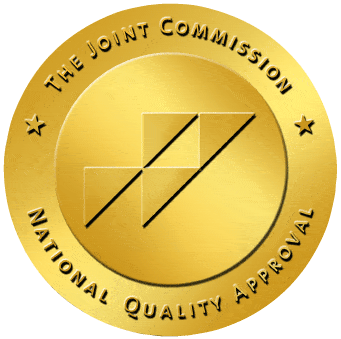What is Vicodin?

What is Vicodin?
Table of Contents
Is Vicodin Addictive?
Vicodin is a narcotic pain medication that consists of the medication hydrocodone and acetaminophen.1 A person can become addicted to Vicodin. In addition to relieving pain, it can also cause euphoria and physical dependence.
According to the U.S. Drug Enforcement Agency, hydrocodone is the most commonly trafficked drug that’s available in pill form.1 Most people who abuse the medication take it by mouth, and some take it while drinking alcohol in an attempt to increase its effects.
The good news is that addiction to this drug is declining. An estimated 6.9 million people in the United States ages 12 and older reported past-year misuse of hydrocodone in 2016 while an estimated 5.5 million people reported past-year misuse in 2018.1
Class of Drug
Vicodin is a semi-synthetic opioid medication that looks chemically similar to codeine but has effects that are similar to morphine.
Where is Vicodin on the Schedule?
Vicodin is a Schedule II drug on the U.S. Drug Enforcement Administration’s drug schedule.1 This means that it has high potential for addiction, but does have medical uses. Being a Schedule II drug means that people can face higher legal penalties for abuse and sale of the drug. Schedule II status also affects who can prescribe the drug and in what amounts they can prescribe it.
In 2014, the Drug Enforcement Administration changed hydrocodone-containing products from Schedule III substances to Schedule II ones.2 The changes were expected to reduce the abuse and addiction rates for Vicodin.
Is Vicodin Safe?
Vicodin is safe when taken as a doctor prescribes it. But if you start taking too much, a doctor didn’t prescribe it to you in the first place, or you use it in other ways (such as crushing and snorting the pills), then the drug is no longer safe for you. Also, purchasing this drug on the street can be dangerous because you never know what you’re buying. Some dealers may sell pills laced with other harmful drugs, such as fentanyl or heroin, or may even have household chemicals or powders. Using these could result in adverse reactions and overdose, making them decidedly unsafe.
Street Names of Vicodin
Street names include the following:3
Fluff
Hydros
Vic
Vike
V-itamin
Watson-387
How is Vicodin Used?
Hydrocodone, such as that’s found in Vicodin, is the most-prescribed opioid medication in the United States, according to the U.S. Drug Enforcement Agency.1 In 2017, doctors prescribed an estimated 83.6 million products that contain hydrocodone. This number decreased to 70.9 million prescriptions in 2018.1The DEA reports that Vicodin and Lortab, another medication that contains hydrocodone, are the two most-commonly prescribed.
Effects of Vicodin
What are the Short-term Effects of Vicodin?
When a person takes this drug, they can experience pain relief. However, they may also experience other short-term effects. These include:
Euphoria
Slowed or shallow breathing
Slowed gastric motility and physical dependence
What are the Long-term Effects of Vicodin?
Vicodin contains the medication acetaminophen or Tylenol. If a person takes excessive amounts of the drug over time, they can experience liver damage. The liver is responsible for filtering toxins in the body, including the by-products of breaking down acetaminophen. Too much acetaminophen is toxic to the liver.1 Once a person’s liver becomes damaged, it’s hard to reverse the damage. If a person’s liver is severely affected, this could prove deadly. People who inject the drug are also at risk for contracting conditions that can come from using or sharing needles, This includes HIV, hepatitis, and endocarditis, a serious infection in the heart. Another long-term effect of addiction and abuse is the ever-looming risk for overdose. Each time you use the drug and take “just a little more,” you are pushing yourself toward greater risk and possible overdose.Can You Overdose on Vicodin?
Yes, you can overdose on Vicodin. People have different tolerances, so there is no set amount where an overdose occurs. That’s why the safest thing to do if you have a prescription is to take it only as prescribed. Taking the drug with other substances, such as alcohol or benzodiazepines, can increase the risk of overdose.
Breathing Dangers
You can overdose because the medication reduces your respiratory drive. Your body has a natural part of the brain that helps dictate how fast or slow you breathe. Taking Vicodin or any narcotic changes that drive to breathe and usually results in you taking slower, more shallow breaths. If you take too much, you’ll stop breathing altogether and can experience brain damage and or even die.
If you abused Vicodin and then stopped, starting again with the same dosage can result in overdosing. When you’re sober and your body adjusts to the drug being out of your system, it can’t handle the same amount you used to take.
Top Four Overdosed Drug
Vicodin is one of the top four prescription medications associated with overdose.4 According to an article in the book Pain Medicine: An Essential Review, the top four medications associated with overdose are Vicodin, oxycodone (OxyContin), oxymorphone (Opana), and methadone.4
How Do I Stop Using Vicodin?
Some people choose to stop taking Vicodin “cold turkey” and go through withdrawals. Often, they may do this at a substance abuse treatment center where they can receive medical and mental health support. Others may choose to participate in medication-assisted treatment (read more about this in the next section), which can help to reduce withdrawal symptoms over time.
It’s important to realize that Vicodin isn’t just a physical addiction, it’s also a mental one. To truly stop using the drug, you must both allow your body to withdraw from it and also help yourself learn how to overcome cravings and thoughts about the drug.
What is Withdrawal from Vicodin like?
When a person takes Vicodin regularly for an extended time period (usually more than a few weeks to a month), they can experience dependence on the drug. The same is true when a person abuses the drug regularly. A person can build a tolerance to Vicodin over time, having to take more and more of the drug to achieve the same effect. When a person builds up a tolerance to Vicodin, they can experience withdrawal symptoms when they no longer take it. Examples of withdrawal symptoms associated with this drug include the following:3
Increased pain
Strong drug cravings
Experiencing hallucinations, where you see and hear things that aren't there
Mood swings, which can include feeling anxious and agitated to depressed
Difficulty concentrating
Problems sleeping
Withdrawals from Vicodin are rarely life-threatening. However, they can be severe, especially if a person is a long-term abuser of the drug.3
Treatment for Vicodin Addiction
Education and Therapy
Professional treatments can help a person make changes in their life that can help them overcome drug and alcohol addiction.3 Drug treatment programs focus on education about painkillers and addiction. They help you learn about how drug use can keep your brain addicted and help you identify behaviors that may increase the likelihood that you will stay addicted to the drug or relapse. Doctors call this treatment approach cognitive-behavioral therapy or CBT. Through this treatment approach, you can learn how to recognize when your thinking or actions may increase the risks for relapse as well as what kinds of thinking and behaviors could improve your health and reduce your relapse risks.
Medication-assisted Treatment
Doctors can also prescribe medications to help a person reduce their Vicodin use. This approach is called medication-assisted treatment or MAT.3 Examples of these medications include:
Methadone
Doctors have prescribed methadone to treat opioid addictions for decades. This medication does have some pain-relieving effects, but does not give off the same euphoric high that a person experiences when taking Vicodin. By taking methadone, a person can go from illegally abusing a drug to legally using a drug. They can start to taper their dosages until ultimately they no longer use opiates.
Buprenorphine
Buprenorphine is a medication doctors prescribe to reduce drug withdrawal cravings.5 Buprenorphine can attach to opioid receptors, so if a person tries to use Vicodin, they won’t experience a high from using it. Sometimes, drug companies combine buprenorphine with the medication naloxone to reduce the likelihood that someone will experience effects of opioids as well as overdose.
Naltrexone
Naltrexone is a medication that blocks the effects of opioids when a person takes it. This includes sedative as well as euphoric effects.5 If a person is taking naltrexone and tries to take Vicodin again, they won’t achieve the same high.
While you don’t have to use MAT as a component of addiction treatment, it has helped many individuals stop using opiates and see a pathway to their sobriety. For medications like buprenorphine and methadone, you must find a medical provider who has special prescribing authority. Those who take methadone must also participate in methadone monitoring programs as the drug is very long-acting to make sure that a person doesn’t build up too much in their system.
Additional treatments may include participation in support groups, family counseling, housing assistance, and career training. Each of these services can further help you meet your goals of sobriety.
Conclusions
Vicodin abuse in the United States is decreasing. If you or a loved one struggle with addiction, help and multiple treatment options are available. People are beating their addictions every day, and you can be one of them.
Resources
- https://www.deadiversion.usdoj.gov/drug_chem_info/hydrocodone.pdf
- https://khn.org/news/dea-painkiller-reclassification-harder-prescription/
- https://medlineplus.gov/ency/patientinstructions/000798.htm
- https://link.springer.com/chapter/10.1007/978-3-319-43133-8_34
- https://www.samhsa.gov/medication-assisted-treatment/treatment#medications-used-in-mat














